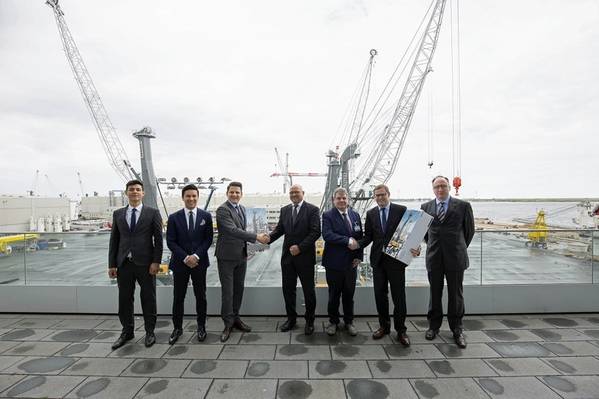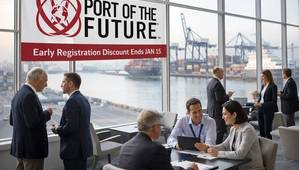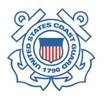
The Port Esbjerg is gearing up for future business and opted for the world’s largest mobile harbor crane, the Liebherr LHM 800 with a maximum lifting capacity of up to 308 tonnes.
Since 1874, the Port of Esbjerg has been the main center for sea carriage and trade between Denmark and the rest of the world. Today, the Port of Esbjerg is an international, multimodal transport center and an important Scandinavian gateway to the whole world. More than 200 companies are located at the port with a total staff of up to 10,000 people.
The number of crane tasks at the Port Esbjerg is growing, having increased up by 66% in just four years. Accordingly, the port is now expanding its crane capacity with the world's largest harbor crane, the Liebherr LHM 800. The new machine has a total height of 48 meters and a boom length of 66 meters. ”We are experiencing a growth in high and heavy cargo, and that makes new demands on our crane capacity,” explains Dennis Jul Pedersen, Port CEO at the Port Esbjerg. The new crane has a lifting capacity of 308 tonnes. The crane will arrive at the Port of Esbjerg in August. The Port Esbjerg already has the largest fleet of Liebherr cranes in Scandinavia and is now expanding it further.
New opportunities opening up
The need for the new crane is prompted by developments in the offshore industry especially; partly because the components for the wind turbines in the North Sea are getting bigger and bigger. However, other industries at the port may also benefit from the crane, e.g. for the handling of heavy machinery and production equipment.



